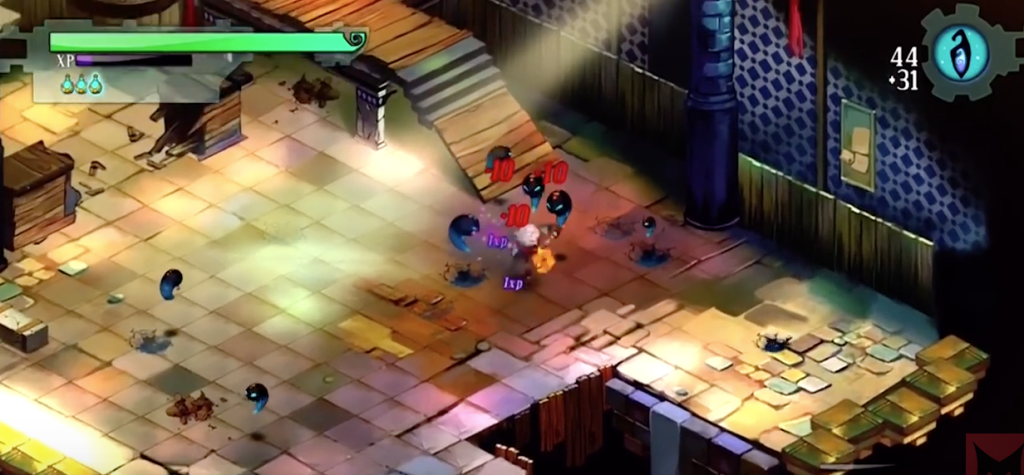
All throughout the history of human evolution, man has been devising ways to keep himself occupied and relax. These means of recreation get a completely new dimension in today’s time when there is so much of competition that people are not in a position to loose even a minute. One such great way to indulge in ecstasies is by playing single player or multiple players games, both online on the internet and otherwise. Role playing games have been an integral part of the human society right from the earliest storytelling episodes by prehistoric cave men to today’s computer versions with high quality animations and interactive graphic interfaces.
The world of computer RPGs as they are popularly called is particularly very interesting and a lot of scope for development and expansion in the near future. Although the basic setting in these computer role-playing games are similar to the older ones that were enacted, there are some clear variations that make these highly enjoyable and a lot more educative. One of the most eminent differences between the tabletop or live-action roleplaying games (LARPs for short) is the role of the game master. Before we get any further into the role of the game master, it is apt to discuss the meaning of the term. Just like the way a referee governs the ongoing in a match, the game master is the person who is provided with certain special powers and in turn a lot of responsibilities to control the happenings in the fictional setting of the game. In live enactments, the game master is known as the General Manager or GM while in computer RPGs it is called by the aforementioned name itself.
Now let us talk about the insides of the game and the various techniques that are employed to create and play these role-playing videogames. As already mentioned, the basic theme and principles that work in computer RPGs is very much alike to the ones used in conventional tabletop ones. It is a very interest piece of information that the initial types of such games were as simple as the story telling or fancy dresses that we played as tiny tots. In these games, the players enact different roles in a particular setting and do activities and chores to collect points and favors. Classic roleplaying games like Dungeons and Dragons are examples of sheer coordinative and roleplaying skills. One important aspect of such games is the storyboard. It is very important to have a fun-filled and engaging plot and the right virtual characters to make the game user friendly and interactive, as it is a major difference between RPGs and tutorials. Against popular belief that made these games soft, there is a lot of combat involved. The latest games give constant chances to showcase war skills to ditch enemies and or escape from traps while they are on quests. Advancement in game levels with added advantages and an inventory of objects is another crucial point that make players continue on their quest.
Like all other trends in modern times, these games too have evolved quickly from their comparatively simple precursors with several regional variations to suit the lifestyle and culture of the native people. Playing these games in so much fun that no matter what time of the day it is, atleast a fraction of the world population is busy being Fred Flintstones!